Once in the market, products go through a certain life cycle. For different products, it varies in duration and can range from several days to ten or more years. The product life cycle was first described by Leviticus (an American marketer) in 1965. Let us consider this phenomenon in more detail. 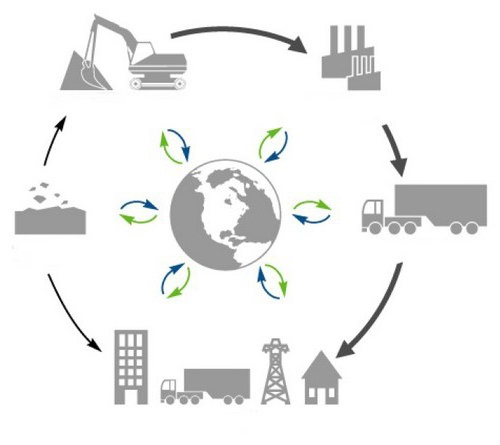
General information
The stages of the product life cycle affect the amount of costs and profits of the company during its release. The price of products, the level of competition, consumer behavior and differentiation of manufactured goods also depend on them. All stages of the product life cycle require the development of appropriate strategies and implementation tactics.
Development and research
These stages of the product life cycle are considered initial. As part of the research, a study is made of consumer demand. In particular, revealed:
- The need for this product.
- Buyer Features.
- Specific sales market.
With economically favorable research results, the company begins to translate the idea into a project. For the company, these product life cycle processes act only as costs and probable future revenues. Using appropriate technology, the company begins to release goods. Depending on its type, the life cycle of production is formed. It also includes a number of necessary operations. These include, for example, processing of raw materials, assembly, packaging, and so on. 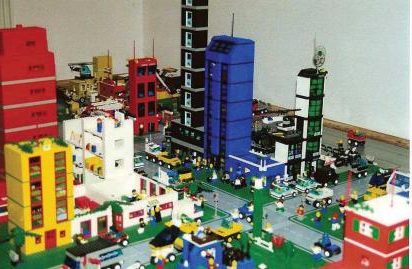
Market launch
The manufactured goods begin to go on sale. For the company, this stage means the maximum cost of creating products. New technologies may require refinement, there may be few manufacturers on the market, and they try to produce only basic types of products. Various product modifications may be unclaimed. Consumers in such situations often choose to purchase goods now or wait. At this stage, the company must convince potential customers to buy products. The most active consumers are the first to purchase products. However, as a rule, there are not very many of them. In this regard, sales often increase extremely slowly. This, in turn, affects the company's profit. At this stage, the company does not receive a large income. Moreover, the company's costs have reached a high level.
Growth
If a new product meets the needs of potential buyers, then the sales volume becomes larger. Active consumers who re-purchase products begin to join others. Through advertising, the company disseminates information about new products. Inside the enterprise, the release of product modifications begins. This is facilitated by the appearance of similar products from competitors. At the same time, the cost of production can remain as high or grow even more with demand. The company begins to receive significant revenue. It increases and reaches its maximum by the end of the stage.
Growth Features
It is beneficial for the company to extend this stage. This is achieved by directing all efforts to increase the growth period of sales volume. To this end, the company can improve the quality of products on the life cycle, develop new market sectors, identify unreached sales channels, increase the intensity of advertising, thus continuing to convince consumers of the benefits of the product. 
Maturity
During this stage, production is carried out in large batches with high quality according to proven technology.At the same time, as a rule, there is a slower than steady growth, but a steady increase in sales to the maximum level. Competition in pricing policy release of similar products is becoming sharper. Original products from other companies are beginning to appear on the market. To support the product life cycle, the company needs to produce improved options. In most cases, this requires additional significant costs. This, in turn, affects profits. Demand at the same time becomes massive, people begin to purchase goods repeatedly and many times.
Recession
At some point, the product life cycle ends. This is an inevitable occurrence. Many factors contribute to it. The product life cycle may end due to successful competitors, changes in consumer preferences or technology. As a result, there is a sharp decline in profits, the goods may be sold at a loss. Usually the cost of production is low, but by the end of the stage it may become higher. Competitors are starting to leave the market for this product. The remaining manufacturers are forced to reduce the range, narrow the scope of activity, and distribution channels are gradually being depleted.
Creation of novelties
Given the rapid change in tastes, the presence of competition, technology, the company cannot focus exclusively on existing products. Potential customers are waiting for improved products. Competing firms are doing everything possible to provide the market with new types of products. This suggests that each company should have its own program for developing product modifications. You can get new items in the following ways:
- Acquisition of another company, license or patent for the manufacture of other people's products.
- Implementation of our own research and development.
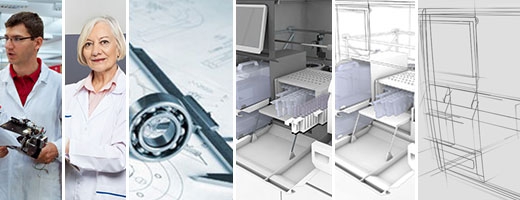
Some companies are focusing on creating new products. Other firms, on the contrary, provide support for the life cycle of products already existing on the market, to the detriment of the development of something else. These two extremes should be balanced.
Idea formation
Ensuring the product life cycle involves determining the optimal distribution channel. The company must formulate its goals. Why will she release new items? The goal may be to obtain high income, a dominant position within a particular market sector, or something else. To create new products, you can use various sources. Consumers act directly as one of them. Through surveys, analysis of complaints and appeals, group discussions, the needs of potential buyers are monitored. Thus, information support is formed for the product life cycle. Selection among the ideas that have emerged allows timely identification and elimination of unprofitable goods.
The idea
It is a well-developed version of the idea, which is expressed by concepts that matter to consumers. The design of the goods must be checked. This procedure involves testing the product on a specific group of target customers. They are provided with well-developed options for various product designs.
Product Development
If the plan was adopted, having passed the analysis of the possibilities of production and implementation, a new stage begins. During it, the direct development of goods is carried out. At this stage, experts identify the reality of the idea. The department of development and research creates one or more variants of the embodiment of products to obtain a prototype.
Test
To start them, the product must go through all the previous stages successfully. After development, it should be subjected to functional testing, verification by consumers. If the results are satisfactory, the company begins issuing a limited batch.This small volume of products enters the market where it is tested under conditions that are closest to actual use.
Commercial Deployment
Tests in market conditions allow the company management to get enough information to make a final decision on the feasibility of producing a new product. If a company starts deploying mass production, it will incur significant costs. To start production, you need a room. It can be purchased or rented. In addition, the costs will be associated with advertising and sales promotion. Entering the market with a new product, the company must decide where, when, how and to whom to offer it. 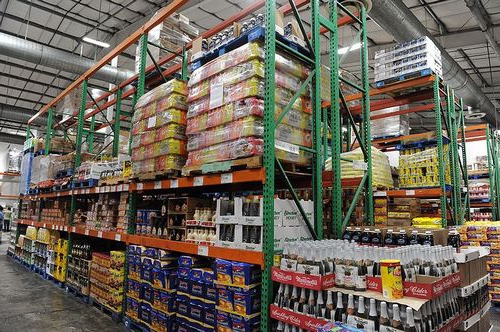
Base price
The product life cycle largely depends on its market value. This is due to the fact that part of the money is directed to the re-release of goods and other costs that ensure the uninterrupted operation of the proceeds. The constant turnover of funds, thus, provides a continuous exit of the goods to the market and income, which is again invested in the enterprise. When proposing a new product, the company should take into account that the price for it has not yet been formed. The cost will be determined in a "pre-market way", solely on the basis of the freedom of the company itself in the pricing process. With the start of sales, the price will be adjusted and set at the optimal level.
Improving the quality of new items
As mentioned above, the growth period is considered the most profitable. In this regard, the company should try to make it as long as possible, to carry out competent management of the product life cycle. This is done in several ways. One of them is the increase product quality release of new models. This goal is considered the main one for a company that has successfully launched a new product to the market. This is especially true when competitors begin to work in the same areas. To improve the quality of new items should pay attention to:
- Technical and economic properties.
- Durability and reliability.
- Manufacturing technology.
- Environmental friendliness.
- Conformity with purpose.
- Ergonomics
It should be remembered that the main thing in quality is how the product is seen by the buyer, not the manufacturer. 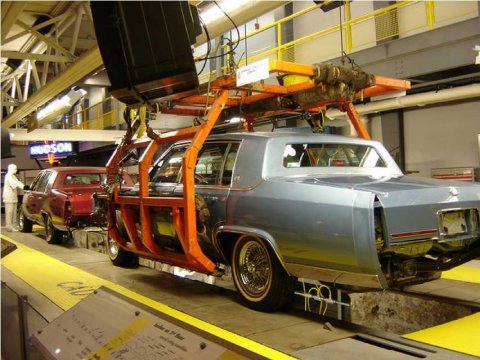
Entering new market segments
This is another way to extend the product life cycle. Suppose a company prefers concentrated marketing techniques. Next, she should determine the most attractive market segment. To do this, you need to collect information about all possible distribution channels, analyze them and choose one. A profitable segment should be distinguished by a high level of sales, growth rates, profit margins and weak competition. In reality, no market sector fully corresponds to these signs. In this regard, the company will have to compromise.
Commercial failure
New items are not always in demand. In this case, there is no sale as such, the company suffers losses. In this case, it is necessary to understand why a commercial failure occurred. The absolute failure of the new product means that the company’s output is unprofitable, it is not able to cover production and sales costs. Relative failure involves a certain profit, but its size is lower than it was planned. As a rule, commercial failures occur when the consumer demand is incorrectly estimated, the future market is overestimated, and pricing errors are made. In addition, the company does not always fully take into account the position of competitors, chooses a good sales time. When products are at the final stage of the life cycle, the company should:
- Choose products to eliminate.
- Analyze information about disposable products.
- Make a decision regarding the exclusion of goods from production.
- Stop issuing and selling.
Eliminating any product, the company must remember consumers. In this case, she needs to determine the length of the period during which she will produce components (spare parts) for him, as well as timely notify customers about the exclusion of products from production.






